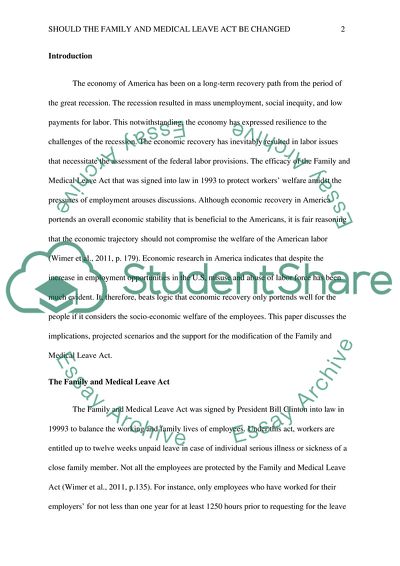Cite this document
(Should the Family and Medical Leave Act Be Changed Case Study, n.d.)
Should the Family and Medical Leave Act Be Changed Case Study. https://studentshare.org/law/1864763-persuasive-paper
Should the Family and Medical Leave Act Be Changed Case Study. https://studentshare.org/law/1864763-persuasive-paper
(Should the Family and Medical Leave Act Be Changed Case Study)
Should the Family and Medical Leave Act Be Changed Case Study. https://studentshare.org/law/1864763-persuasive-paper.
Should the Family and Medical Leave Act Be Changed Case Study. https://studentshare.org/law/1864763-persuasive-paper.
“Should the Family and Medical Leave Act Be Changed Case Study”. https://studentshare.org/law/1864763-persuasive-paper.


